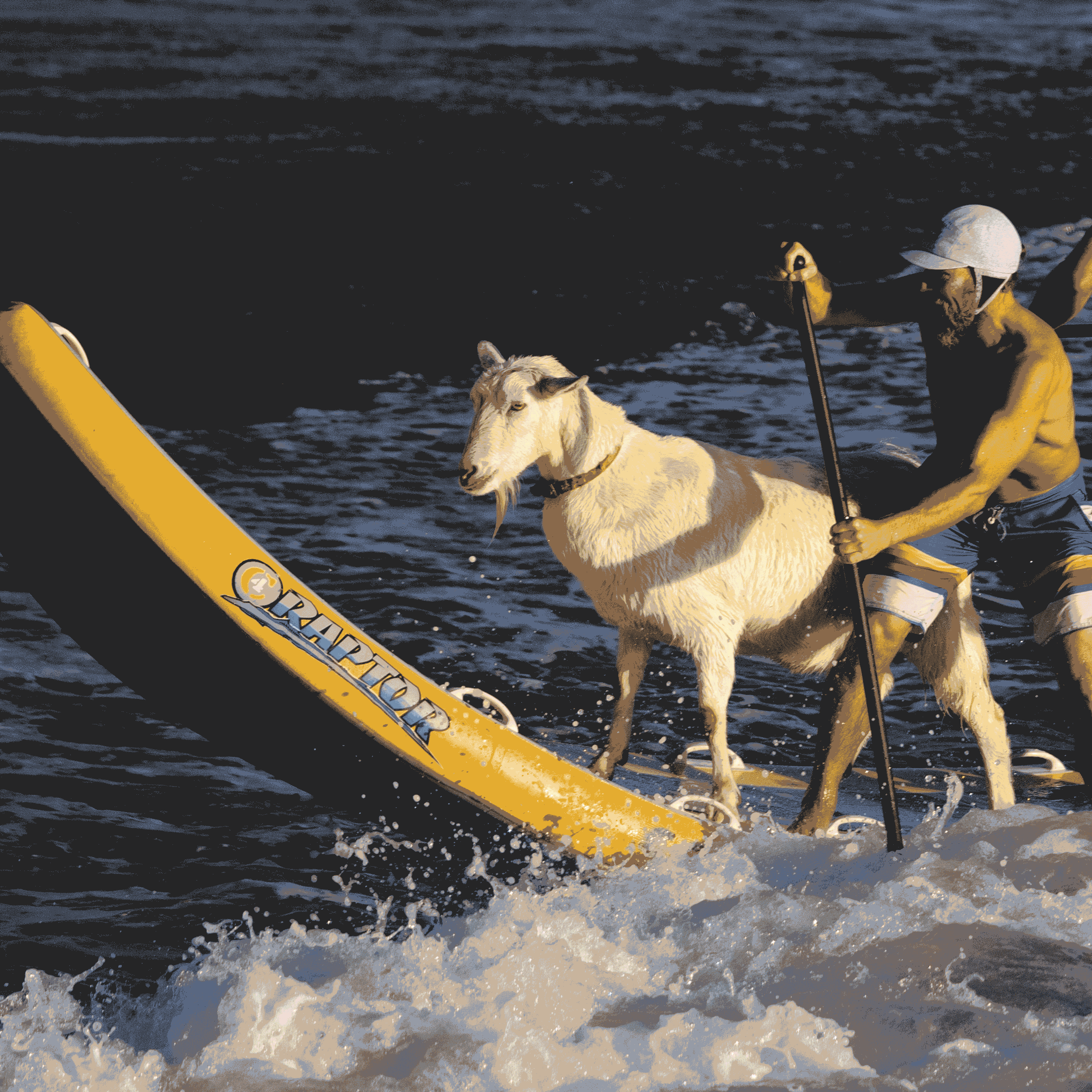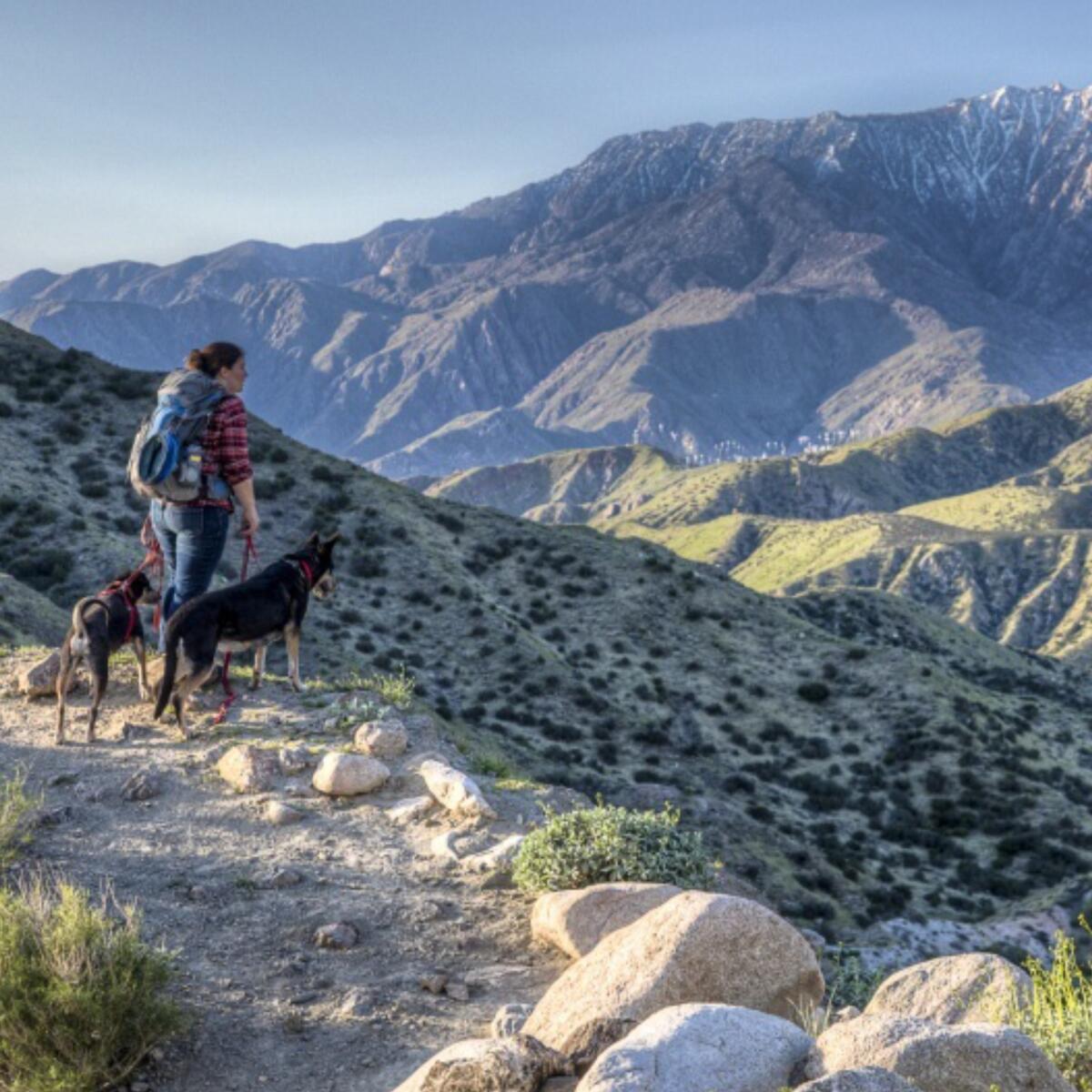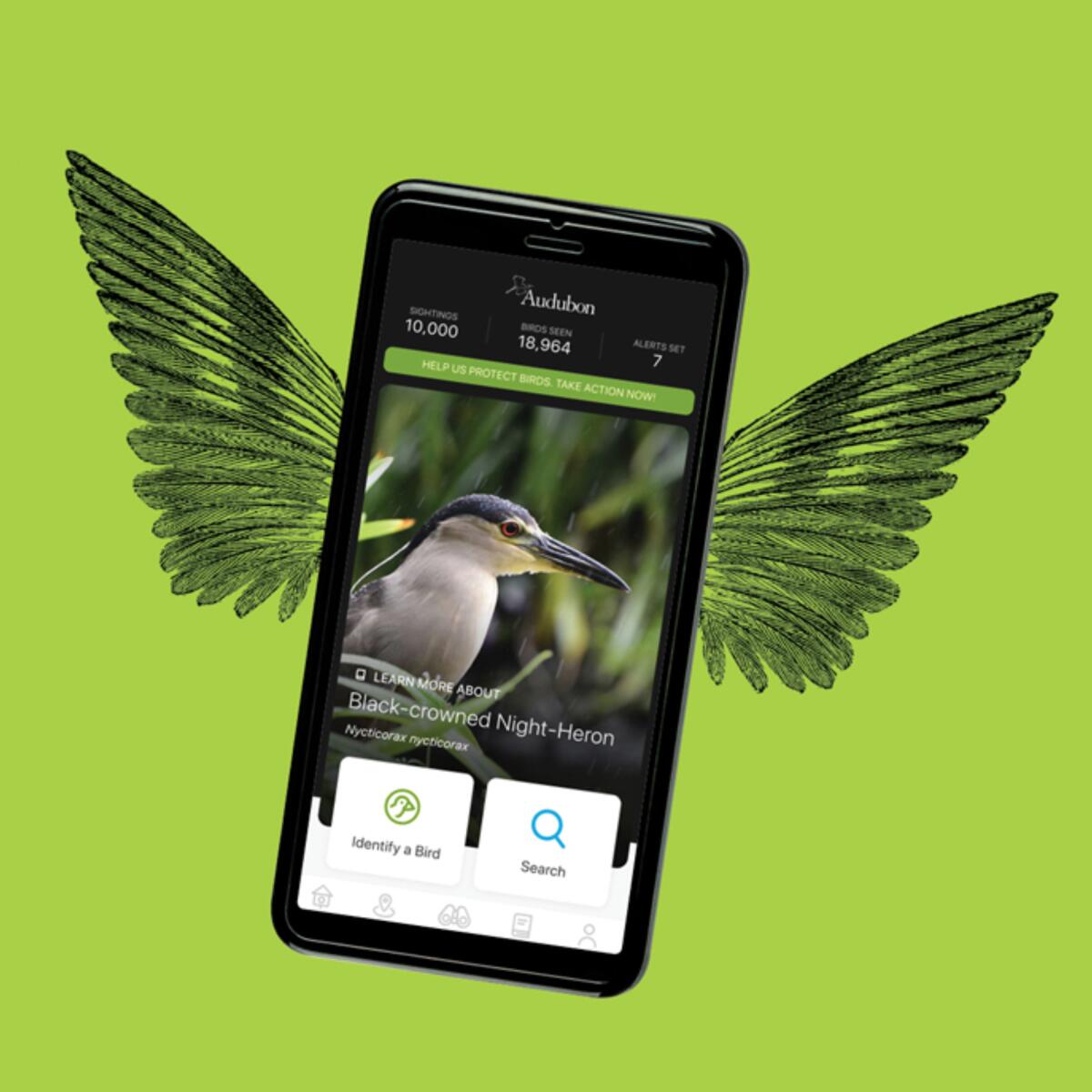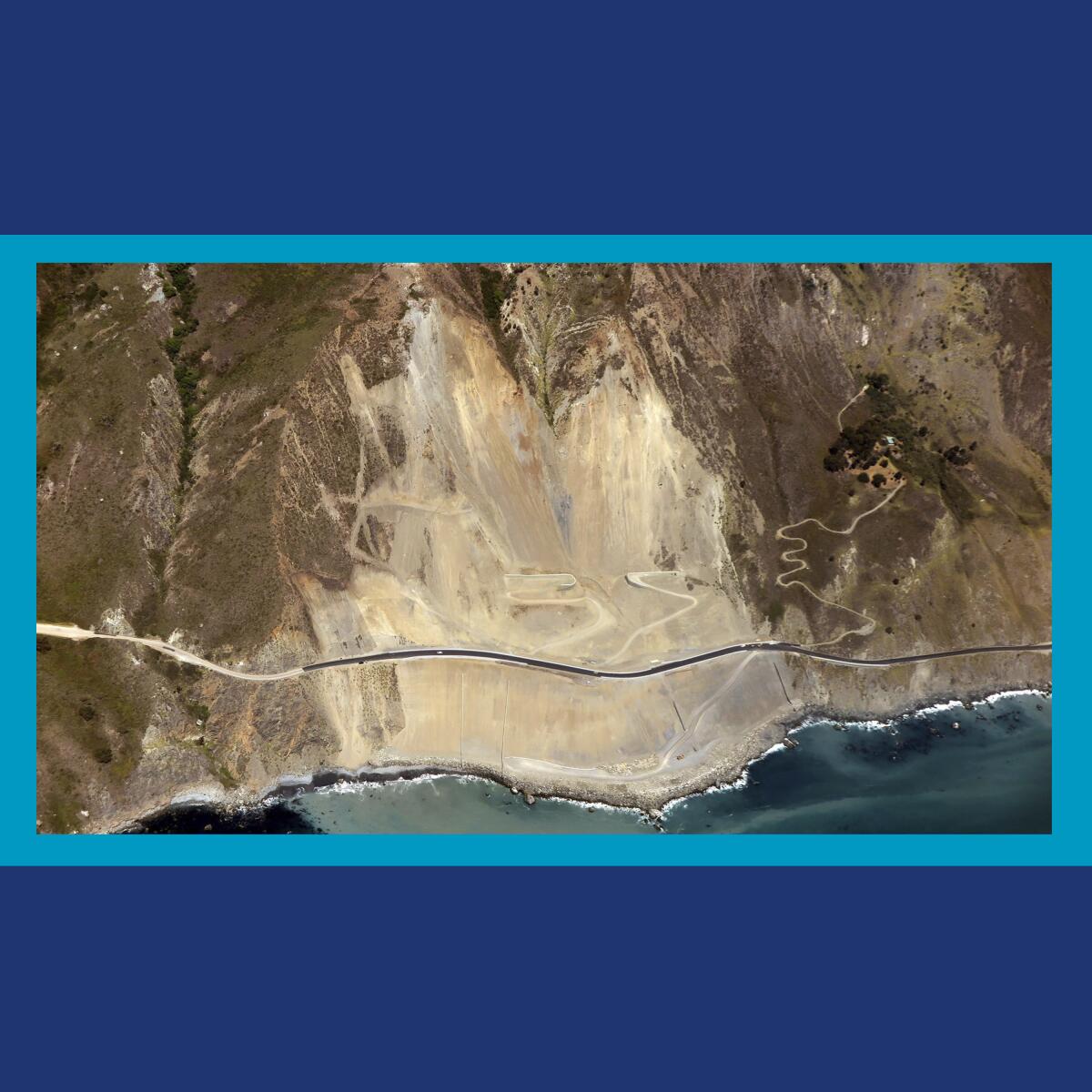Can goat surfing bring joy to the world? He thinks so

- Share via
By Mary Forgione
When you email “The Goatfather” of goat surfing, he writes back: “Goat ahead and call me.” Pismo Beach surfer Dana McGregor has been teaching surfing and stand-up paddle boarding — with and without goats — for a decade. He started by taking his pet goat Goatee with him when he hit the waves. What’s it like to surf with a goat? “It’s quite a supernatural, like, out-of-this-world experience to be honest,” the 42-year-old said. This hilarious GoatFIT video shows him doing squats with goats, weight-lifting with goats, you get the idea (please, don’t try this at home).
Activities at his company, Surfing Goat, have expanded to include soccer camps, adventure trips and events for special needs kids. McGregor has written two children’s books about the goats, “Surfing Goat Goatee” and “Pismo’s Party Wave.” “I really want to go around California and put on these events that just bring joy to people,” McGregor said. For him it’s that simple, a kind of spiritual calling he has felt since he found Jesus in 1997.
The goats and a huge inflatable paddleboard turned up last weekend in Southern California. L.A. Times photographer Allen J. Schaben covered the event and writes: “[McGregor] took Cohen Schuller, 9, of Costa Mesa, who is recovering from a brain malformation and has slight cerebral palsy and epilepsy, on his first surfing experience as part of his Beautifully Abled Surf Camp ... at the San Clemente Pier. After riding a wave with McGregor and a group of volunteers, it was the goat Pismo the Kid’s turn, and a crowd gathered on the beach and the pier to watch, hooting and taking video and photos.” Read the full photo essay here.
4 things to do this week

1. Go on a nature hunt at Sand to Snow National Monument. Never heard of this national parkland? Five years ago, President Obama created the 154,000-acre site that stretches from the desert floor to high-elevation peaks in the San Bernardino National Forest. Now a free 48-hour nature hunt starts at noon Friday and seeks your help in identifying plants and animals that call the national monument home.
Start by downloading the free iNaturalist app, which you can use anywhere to ID what you see on the trails, and then upload your finds (details here). The high points in the parkland will be covered in snow, so best to stick to desert locations. Here are places in the monument to start your hunt.
Big Morongo Canyon Preserve, Morongo Valley
Whitewater Preserve, west of Palm Springs
Mission Creek Preserve, Desert Hot Springs
Black Lava Butte, near Pioneertown

2. Have a Valentine’s Day moment that’s all outdoors. For Valentine’s Day, Sherman Library & Gardens in Corona del Mar has decorated a spot with a bench, red and white lanterns and ornaments. It’s called Ruby Glow, where you can pause, snap an Instagram photo and enjoy. Of course, you can wander the gardens on a self-guided cellphone audio tour too; the library remains closed because of the pandemic. Tickets cost $5 per person, open daily 10:30 a.m. to 4 p.m. Need more ideas? Here are 14 pandemic-proof ideas for Feb. 14, many of them active and outdoors. Click here to see be inspired.

3. Take a rock-scrambling hike to Rocky Peak in the Simi Hills. Try to imagine pioneers in covered wagons threading their way around the boulders and rock slabs of the Simi Hills. Trails smooth the way for hikers, but it still takes effort to get to the 2,717-foot summit of Rocky Peak. The top is just a few tilted slabs that put you at eye level with turkey vultures and reveal wide-angle views of the dense northwest San Fernando Valley below. Start up the Chumash Trail at the end of Flanagan Street in Simi Valley, connect with Rocky Peak Road (it’s a fire road) and then look for the narrow trail to the top. It can be tricky to find and requires some scrambling. On your way back, look in the rocks underfoot for groove marks made by wagon wheels. Avoid this peak on a hot day; it’s too exposed to be fun. By the numbers: 8½ miles with about 1,800 feet of gain.

4. Grab a pair of binoculars and join the Great Backyard Bird Count. Veteran and newbie birders are invited to “watch, learn about, count and celebrate birds” during the Great Backyard Bird Count from Friday to Monday. It’s a great way to become more familiar with the birds in your neighborhood and see what species others find. “Simply watch birds for 15 minutes or more, at least once over the four days ... and tell us what you see!” the Bird Count website says. The website will walk you through which free apps to use to share your data. (Here are popular bird apps to try.) During the count, you can watch a map of the world showing where people upload their submissions.
The must-read

I’m glad author Jane Smiley lives in California. It gives her insider authority to explain the love-hate relationship some of us have with Highway 1, a road she knows intimately. We love taking the road to ogle the spectacular coastline; we hate when it falls apart (which happens frequently).
“One thing you notice about Highway 1 is that it was etched into the cliffs,” she writes in the L.A. Times. “The etching south of Big Sur was done by San Quentin prisoners who were paid 35 cents a day in the 1920s and 1930s. The engineers and the workers had to figure out how to construct 35 bridges. Six more were added later.”
The cliffs can no longer be trusted. The road now is washed out two miles south of Esalen, the most recent failure in a route so fragile that Caltrans shuts it down before storms arrive to keep people safe. Smiley poses this question: Do we need to have access to every place on Earth? “Perhaps Highway 1 will turn out to be an experiment that went wrong, and the state will decide that maintaining those precarious two lanes and those 41 bridges isn’t worth it,” she writes. Not everyone agrees. It’s a hard but necessary conversation to have. Read the full story here.
Wild things

California sea lions are a fixture on rocks, beaches, piers and docks. It’s fun to watch them “raft” (float with their flippers above the surface of the water) and body surf in waves. The good news: Their population continues to grow; about 238,000 of them live in coastal waters between Vancouver Island, Canada and Mexico’s Baja California.
The bad news: More and more sea lions are turning up ill. Very ill. Almost 25% of the sea lions that required care at the Marine Mammal Center in Sausalito died from an aggressive and mysterious cancer. “Now, after two decades of study, an all-star team of marine mammal pathologists, virology experts, chemists and geneticists say they’ve connected two surprising culprits: herpes and toxic chemicals, such as DDT and PCBs, that poisoned the California coast decades ago,” Times staffer Rosanna Xia writes in this story.
The disease may have implications for humans. “Sea lions, they’re coming up on the beach, using the same waters that we swim and surf in, eating a lot of the same seafood that we eat,” Frances Gulland, who has served on the U.S. Marine Mammal Commission since the Obama administration and is now a research associate at UC Davis, told the L.A Times. “They’re predisposed to cancer by these high levels of legacy compounds that are still in the environment — and we are also exposed to these chemicals.” Read the full story here.
The long shot

U.S. Navy meteorologist Paul Grisham of San Diego spent a year in Antarctica in 1967 at a remote science station and airport on Ross Island. He remembers it as “an unusual, memorable and sometimes tedious experience,” mostly marked by brutally cold temperatures as low as minus 65 degrees, according to the San Diego Union-Tribune. “Let me just say this, if I took a can of soda pop and set it outside on the step, if I didn’t retrieve it in 14 minutes it would pop open because it had frozen,” Grisham said.
One more thing happened during his stint: He lost his wallet, which remained missing until last week. “[T]he now 91-year-old Grisham was reunited with his long-lost billfold, which was found behind a locker during the demolition of a building at McMurdo Station, the southernmost town on Earth,” the story said. Among the items inside: an atomic, biological and chemical warfare pocket reference card and a recipe for homemade Kahlua popular with “so-called ice rats.”
Send us your thoughts
Share anything that’s on your mind. The Wild is written for you and delivered to your inbox for free. Drop us a line at TheWild@latimes.com.
Click to view the web version of this newsletter and share it with others, and sign up to have it sent weekly to your inbox. I’m Mary Forgione, and I write The Wild. I’ve been exploring trails and open spaces in Southern California for four decades.

Sign up for The Wild
We’ll help you find the best places to hike, bike and run, as well as the perfect silent spots for meditation and yoga.
You may occasionally receive promotional content from the Los Angeles Times.




